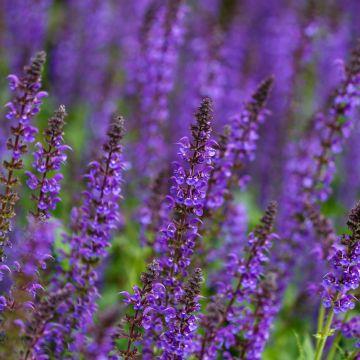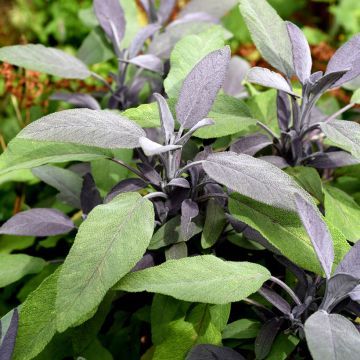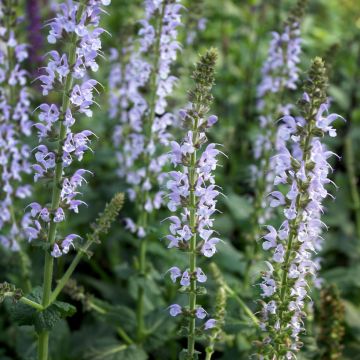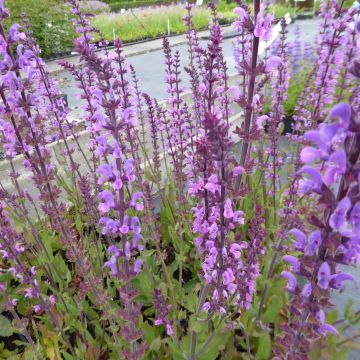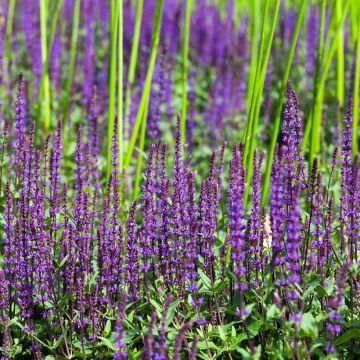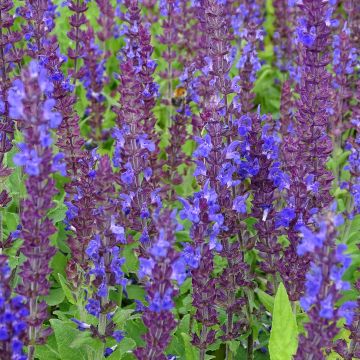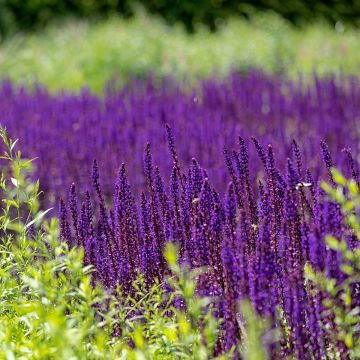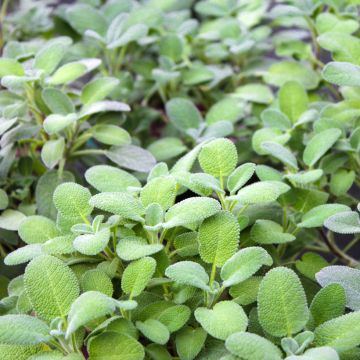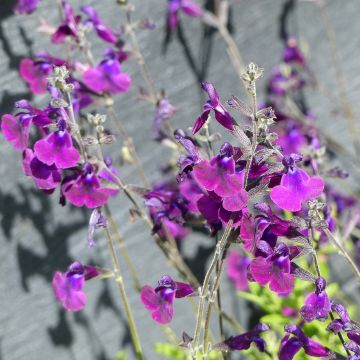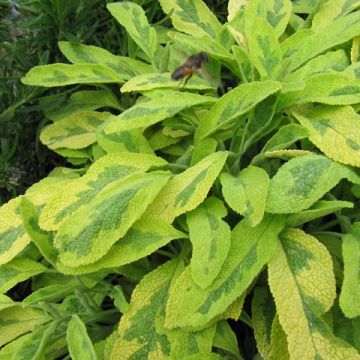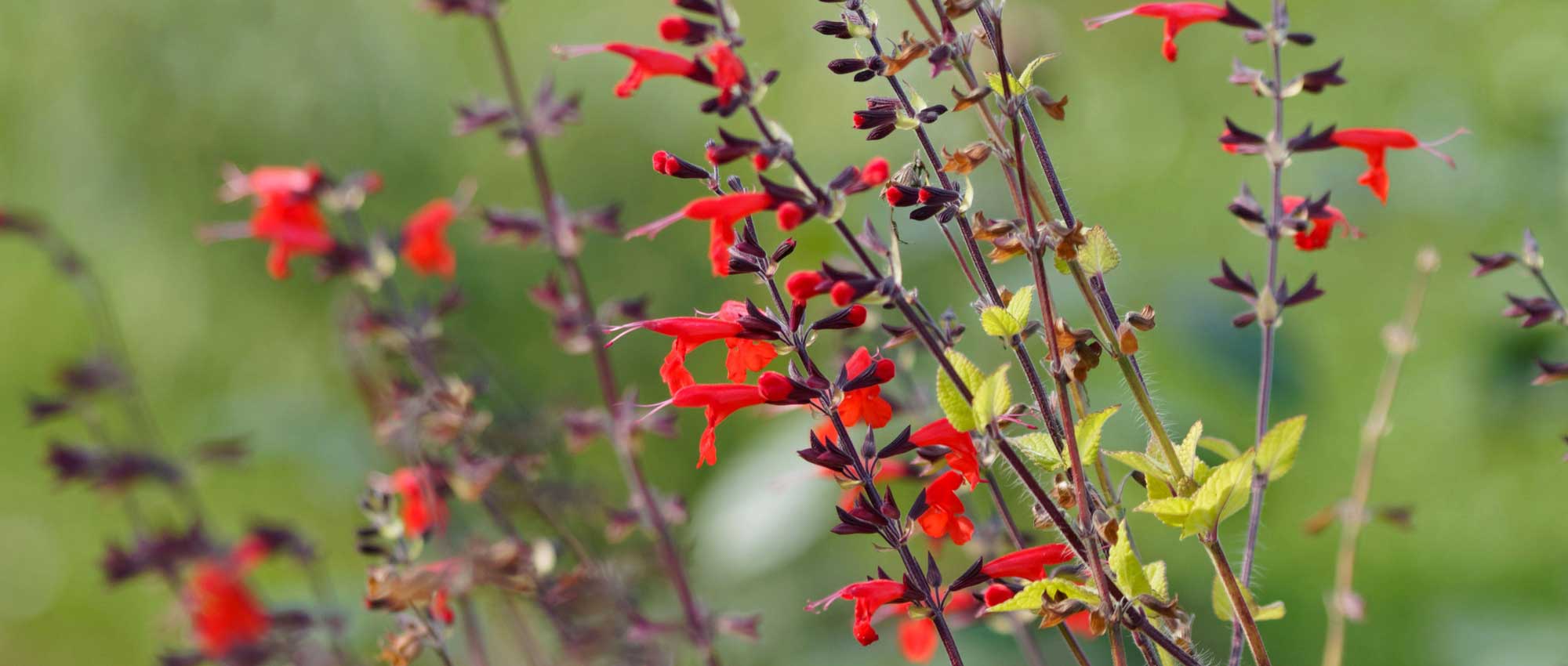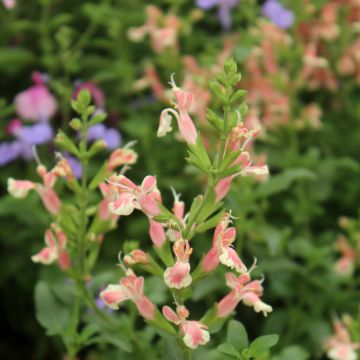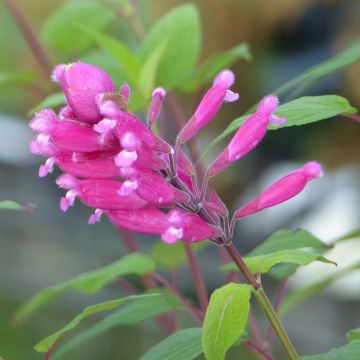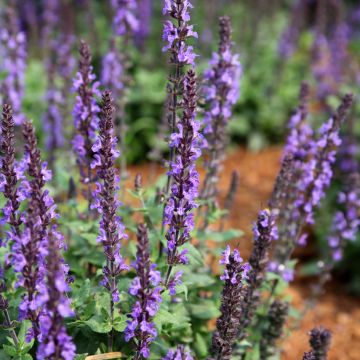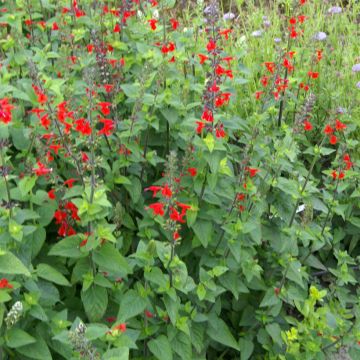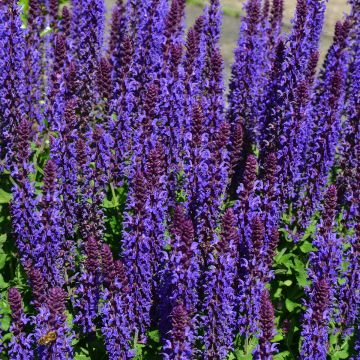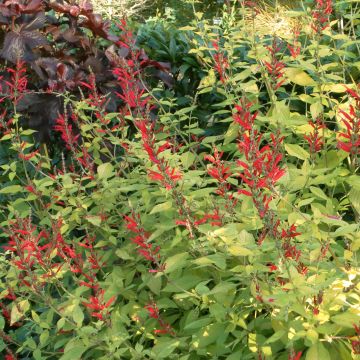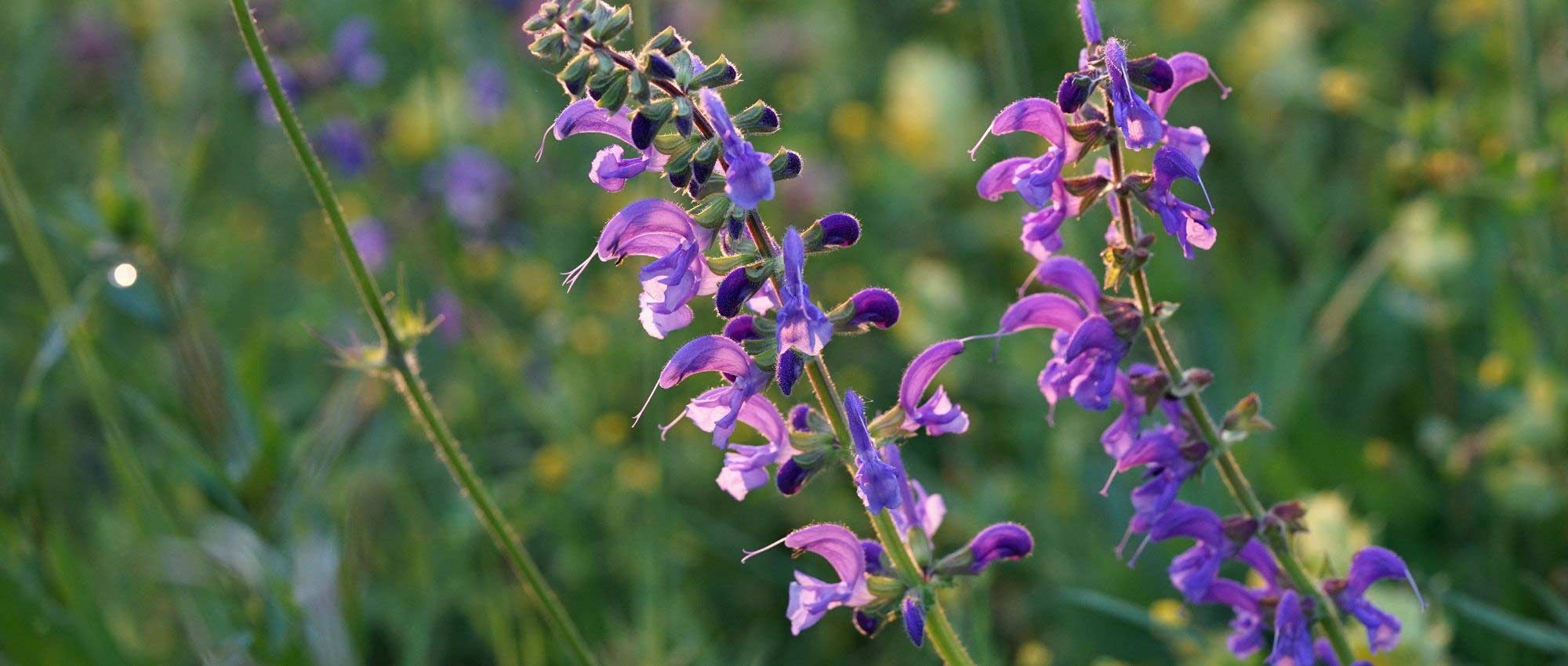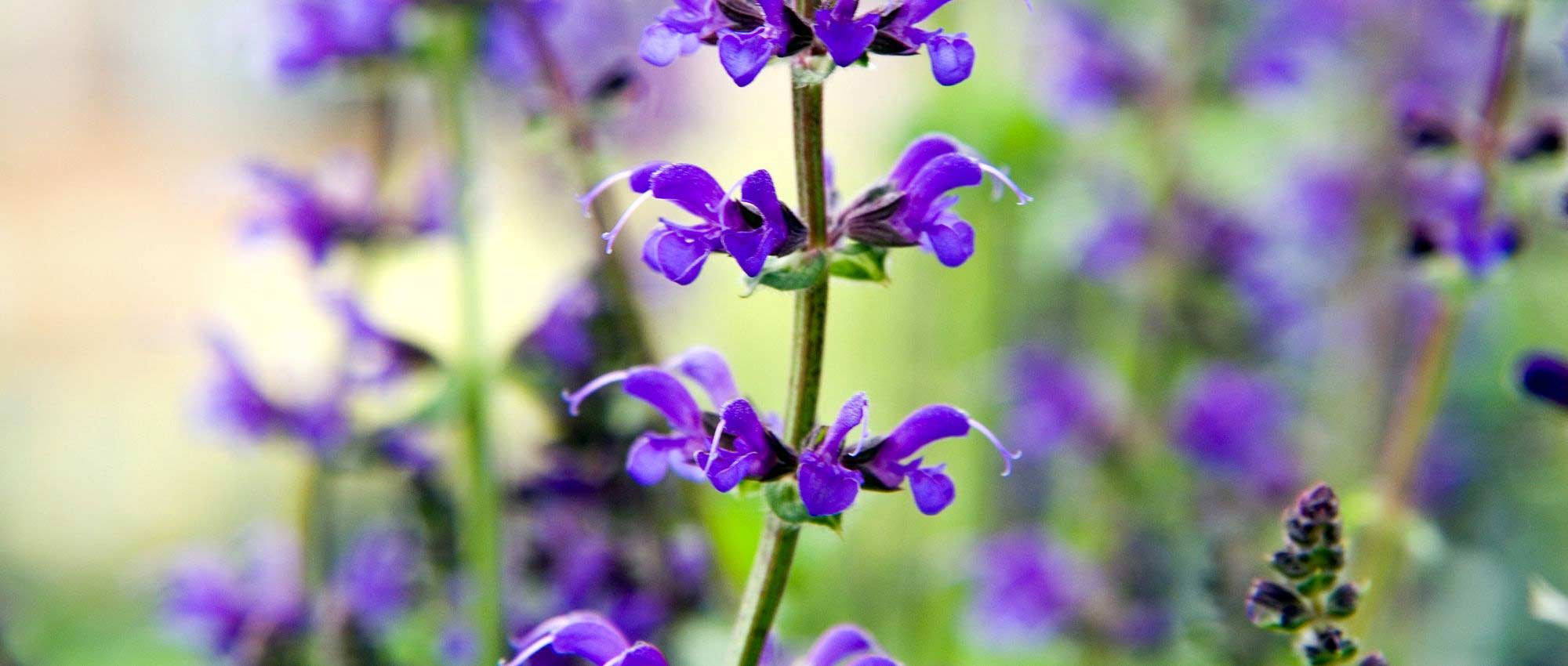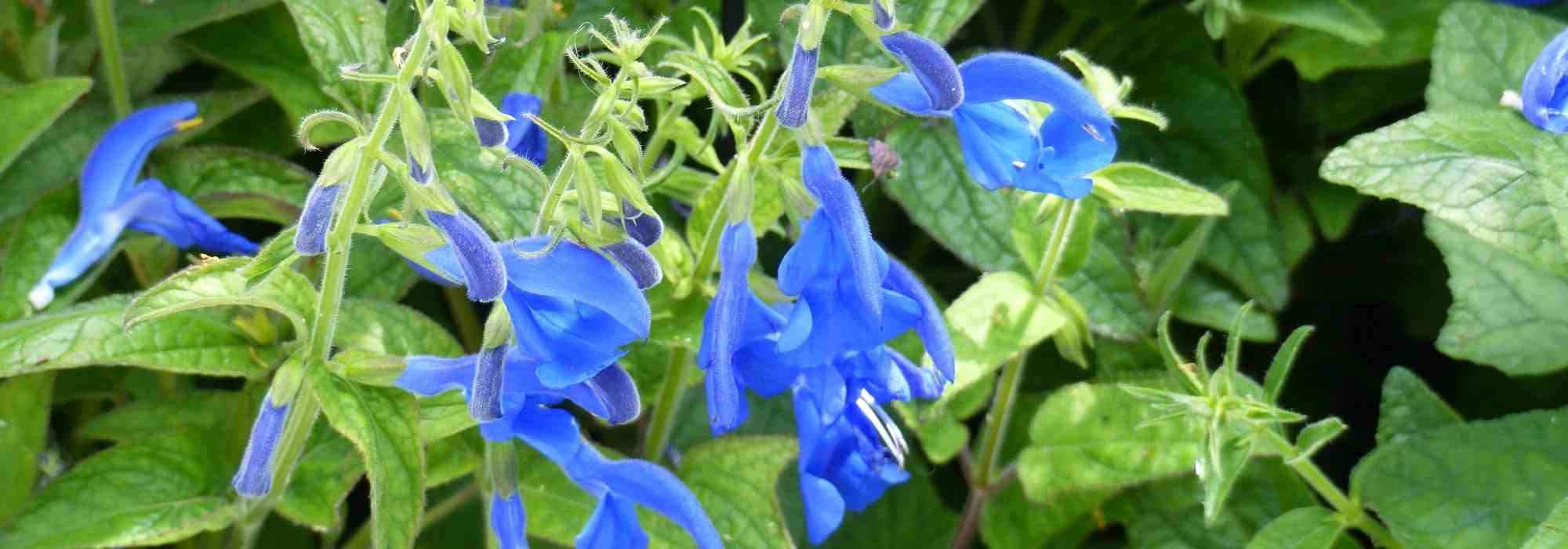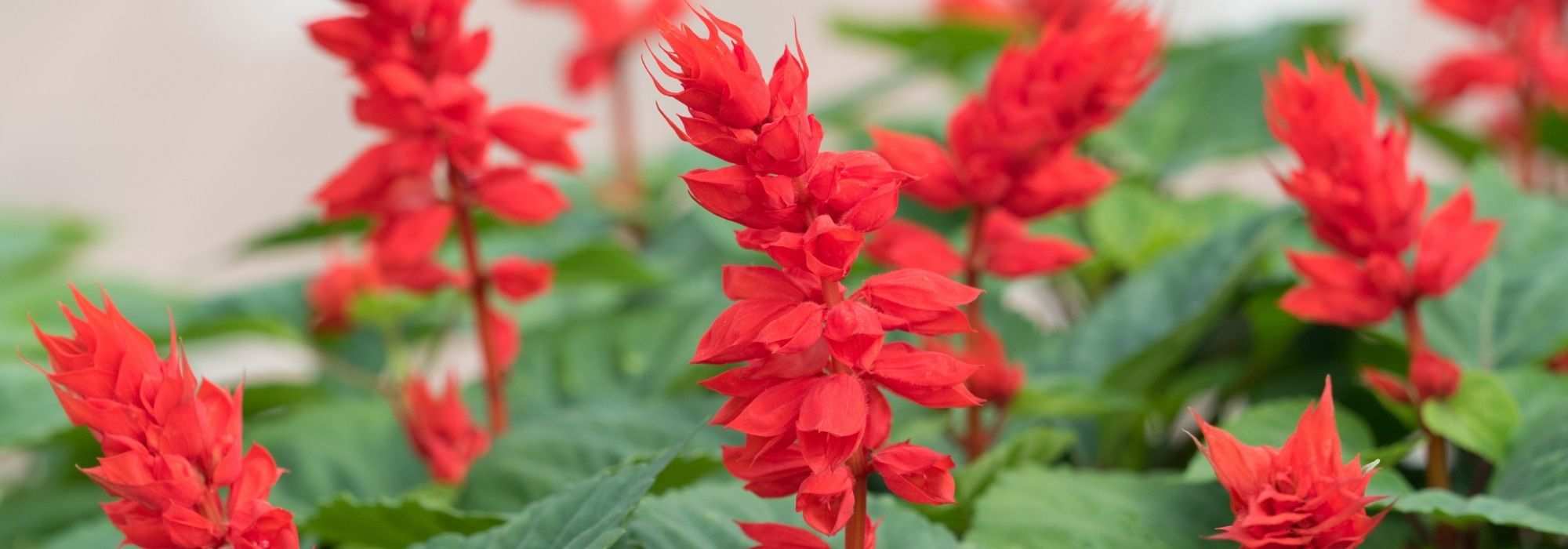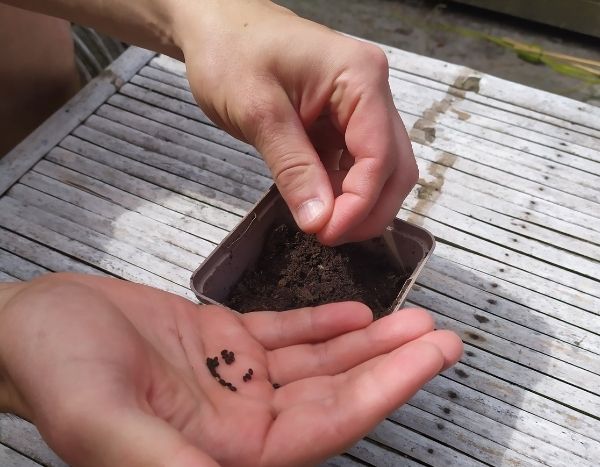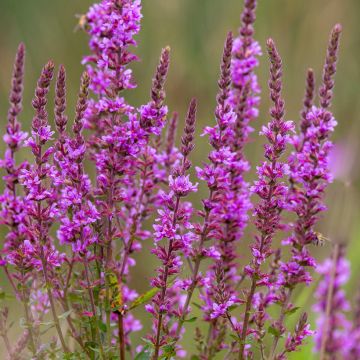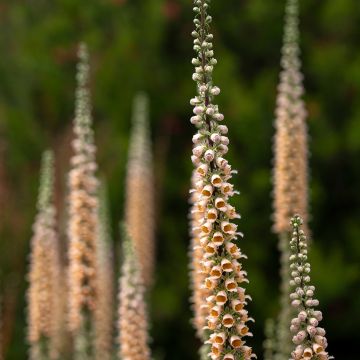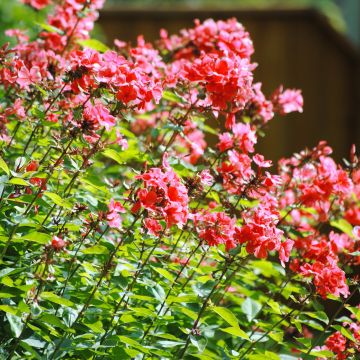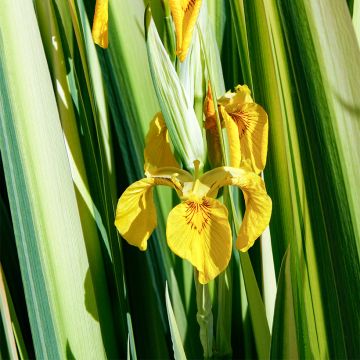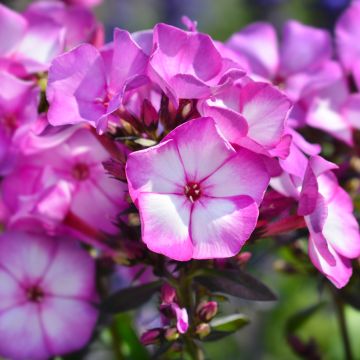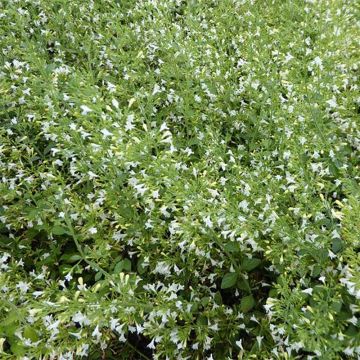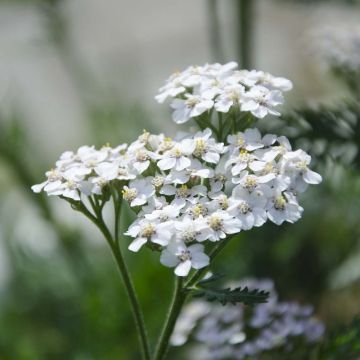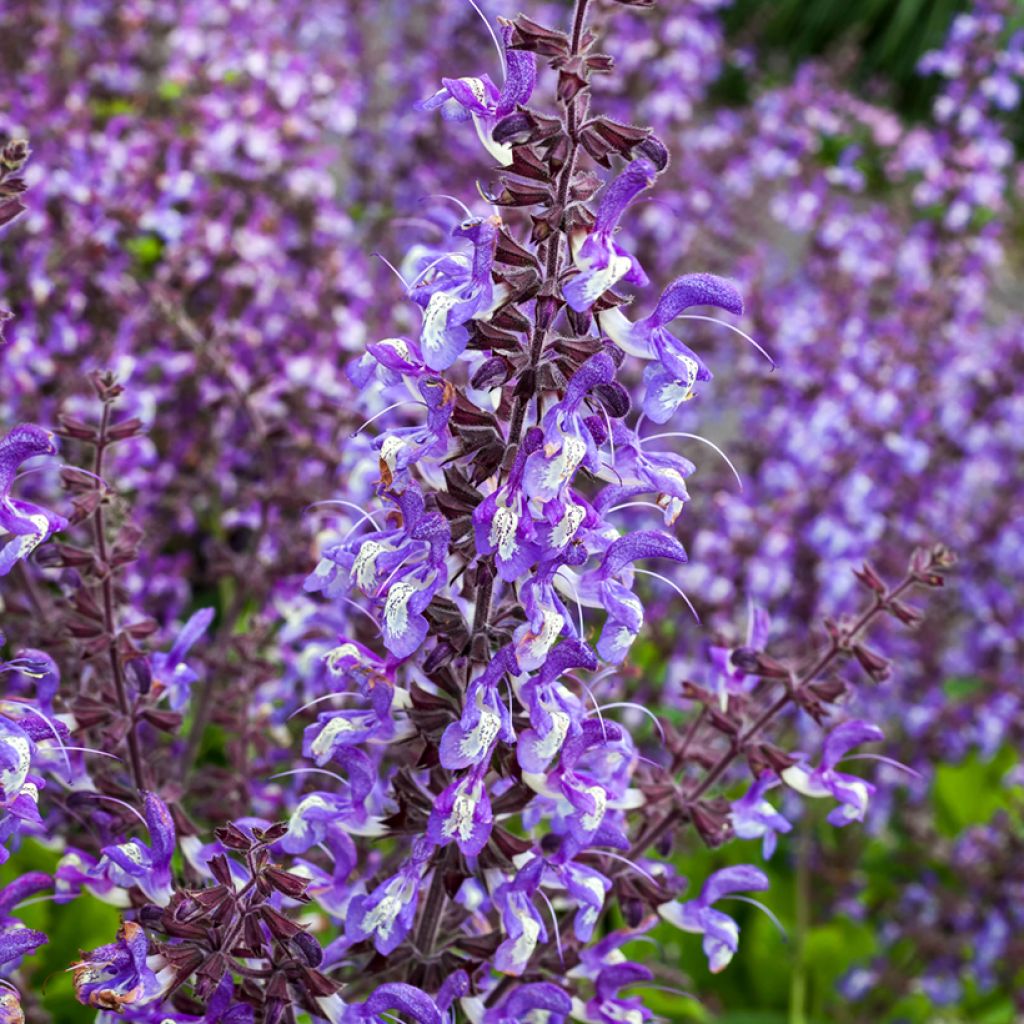

Salvia forsskaolei
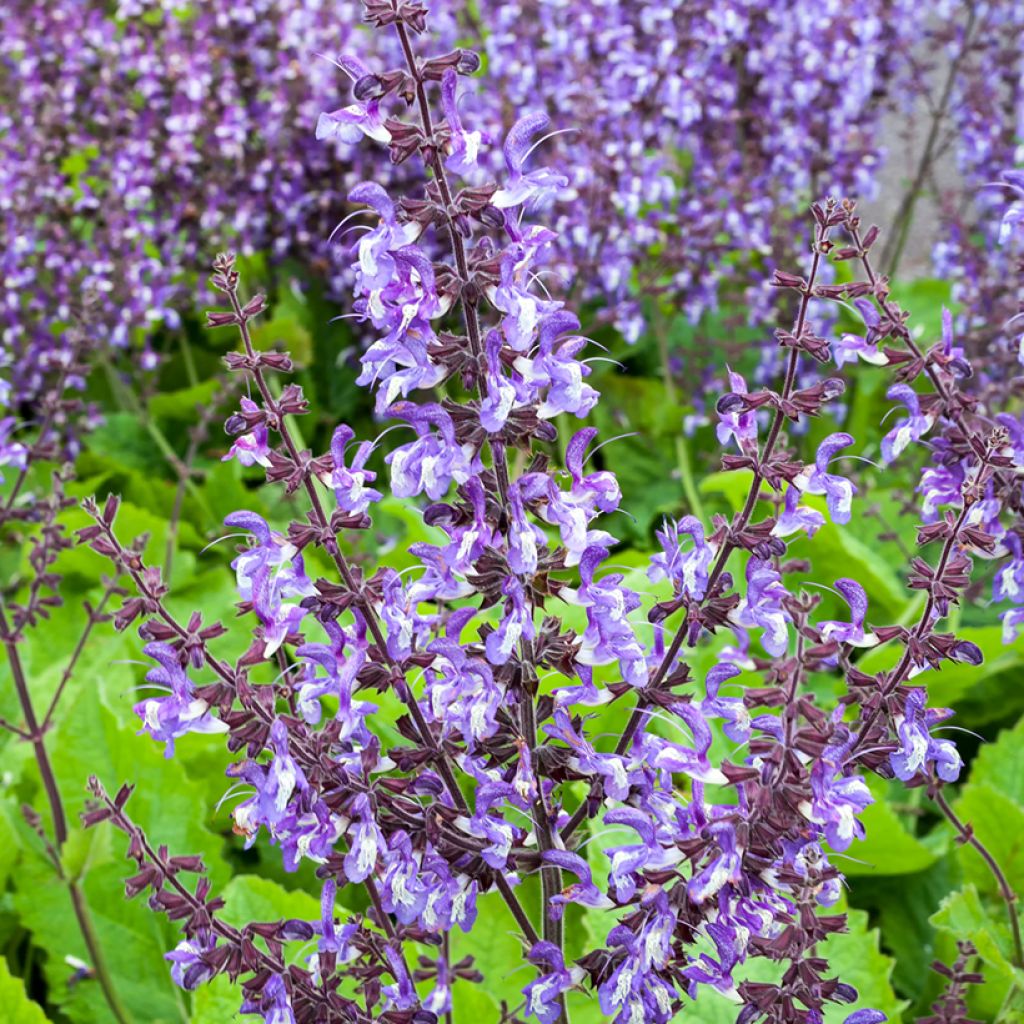

Salvia forsskaolei
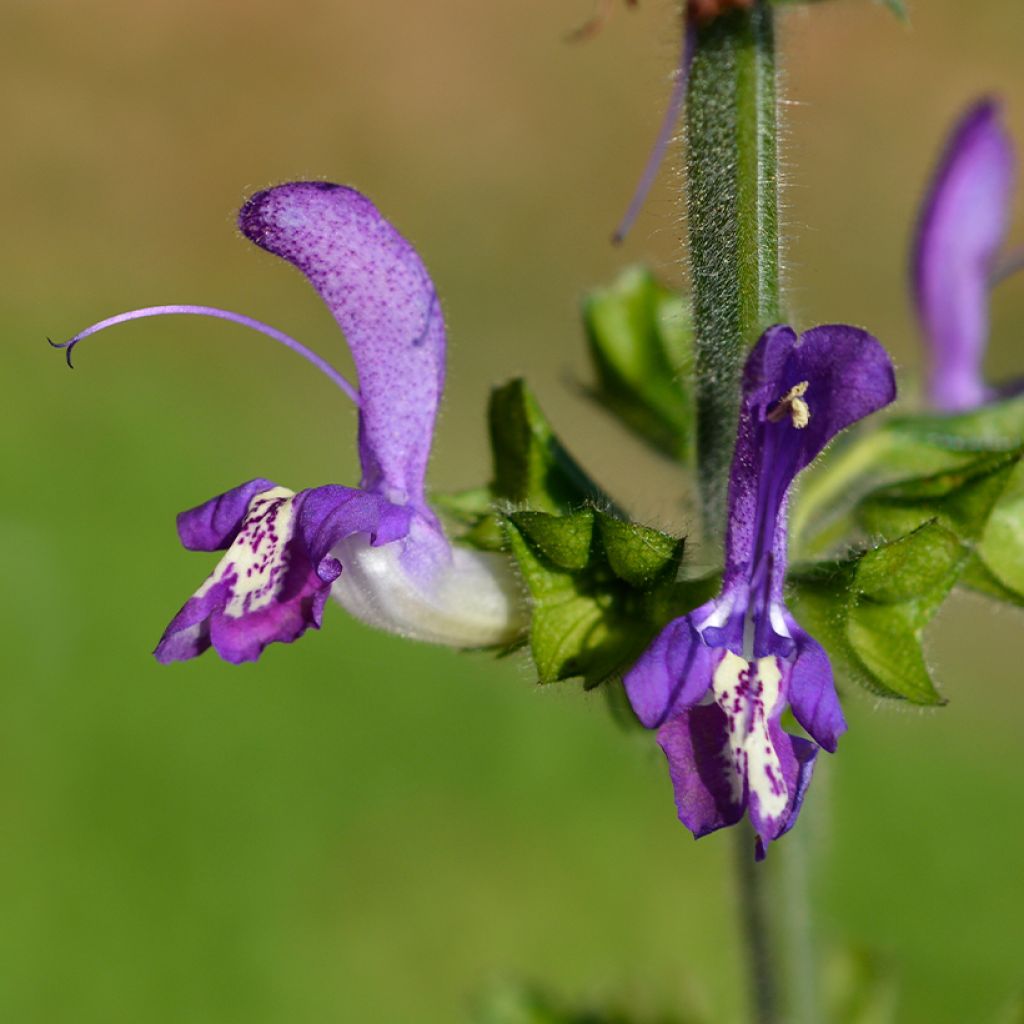

Salvia forsskaolei
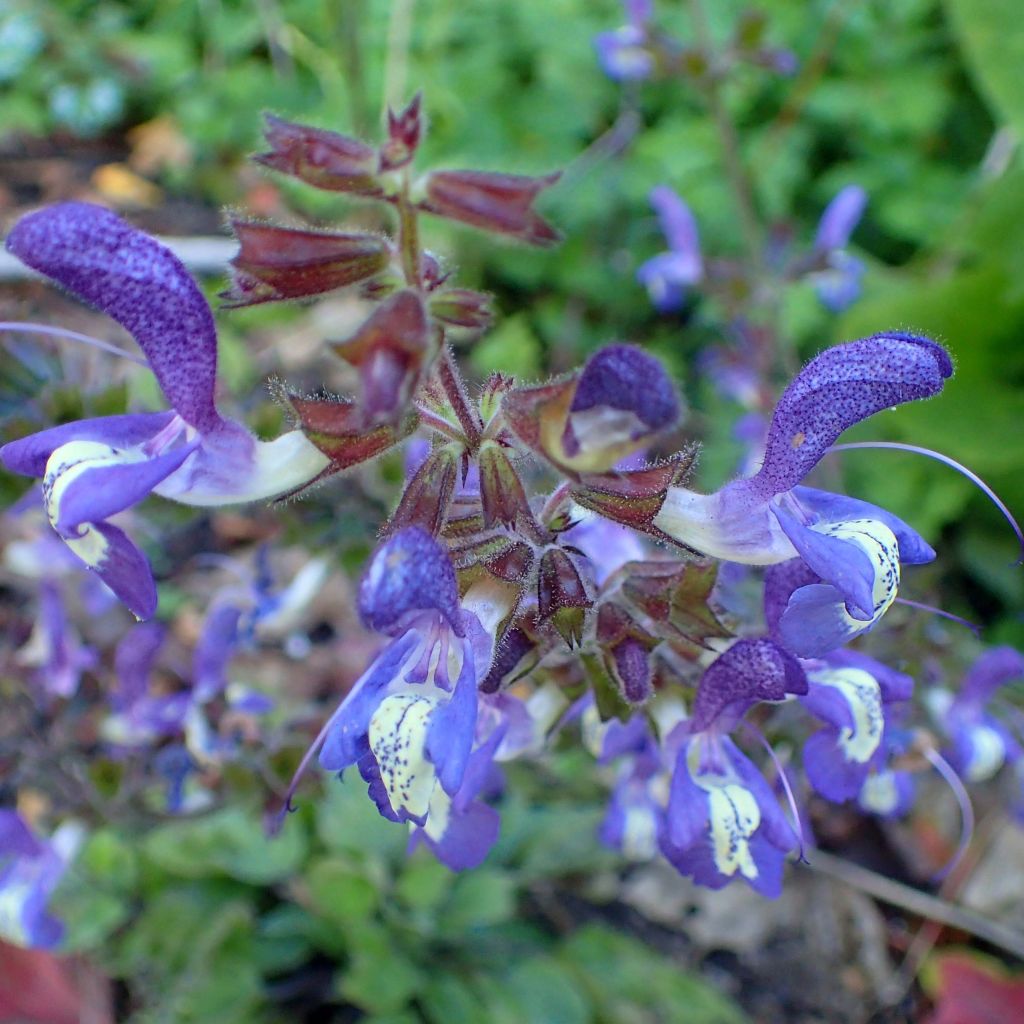

Salvia forsskaolei
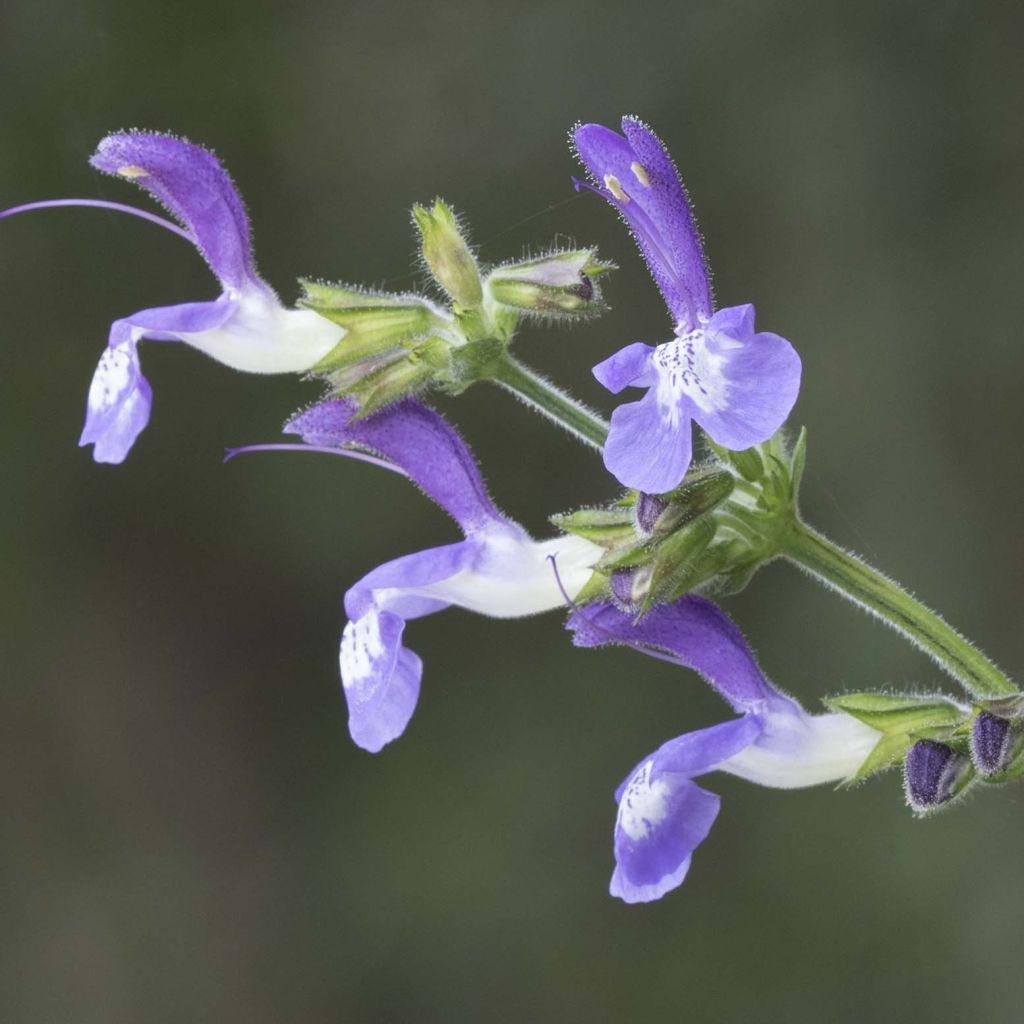

Salvia forsskaolei
Salvia forsskaolei
Salvia forsskaolei
Sauge de Forsskaol, Sauge de la mer noire
She has recovered well, she is very green.
Jacqueline, 26/06/2020
Special offer!
Receive a €20 voucher for any order over €90 (excluding delivery costs, credit notes, and plastic-free options)!
1- Add your favorite plants to your cart.
2- Once you have reached €90, confirm your order (you can even choose the delivery date!).
3- As soon as your order is shipped, you will receive an email containing your voucher code, valid for 3 months (90 days).
Your voucher is unique and can only be used once, for any order with a minimum value of €20, excluding delivery costs.
Can be combined with other current offers, non-divisible and non-refundable.
Why not try an alternative variety in stock?
View all →This plant carries a 12 months recovery warranty
More information
We guarantee the quality of our plants for a full growing cycle, and will replace at our expense any plant that fails to recover under normal climatic and planting conditions.
Would this plant suit my garden?
Set up your Plantfit profile →
Description
The Salvia forsskaolei is a beautiful perennial sage from the Balkans, named in tribute to the Finnish botanist Pehr Forsskaol. It is interesting for its long, airy and light summer flowering. These are floral stems scattered with small flowers of a pale violet speckled with white and yellow, equipped with purple bracts. They emerge from a clump of large green and hairy basal leaves, which spread as ground cover and often persist in winter. It is a plant for partial shade and light, well-drained soil. Perfect in natural gardens where it wanders, it will be enhanced in a large border, a meadow-like bed, with roses.
The Forsskaol sage is native to southeastern Europe, specifically Bulgaria, Greece, and the Turkish coast of the Black Sea. It grows up to 1900 m (6234ft) altitude, in deciduous and coniferous forests, meadows and steep banks, often in the company of Phlomis russeliana, with which it will associate well in the garden. This plant can well withstand the cold (-15°C (5°F) at least) if the soil is very well-draining and does not retain water in winter. However, this summer-flowering species appreciates slightly cool soil in summer. Like all other salvias, it belongs to the large family of lamiaceae or labiates.
It is a herbaceous and stoloniferous perennial species that spreads on the ground and over time forms beautiful colonies. The plant forms rosettes of large oval leaves, rough, wavy in appearance, covered with short hairs, slightly toothed at the edges. Their colour ranges from light green to dark bluish green in summer. The foliage is semi-evergreen in winter, with some leaves turning a beautiful reddish-orange colour in autumn. Flowering occurs from June to August. Rosettes of leaves emerge from purple-tinged floral stems measuring up to 80 cm (32in) in height. They bear ramified inflorescences, in loose spikes, with small clusters or whorls of bilabiate flowers at regular intervals. They are mauve in colour, adorned with a small white and yellow spot on the lower lip. Honey-bearing and nectar-bearing, they are highly prized by butterflies and bees. This species readily self-seeds in light soil.
The Salvia forsskaolei is vigorous enough to withstand weed competition once established. It excels in beds or along pathways, in the company of catmints, erigerons, penstemons, and foxgloves, in consistently well-drained soil, preferably in morning sun or partial shade. In a meadow-like setting, for example, you can associate it with beautiful grasses such as Stipa tenuifolia, Lychnis coronaria, centaureas, and annual poppies.
With over 900 species of annuals, perennials, and shrubs distributed throughout our planet, except for in very cold regions and tropical forests, the genus Salvia is the richest in the lamiaceae family. The name Salvia, which dates back to Roman times, derives from the Latin salvus 'healthy' in allusion to the medicinal properties of common sage.
Salvia forsskaolei in pictures
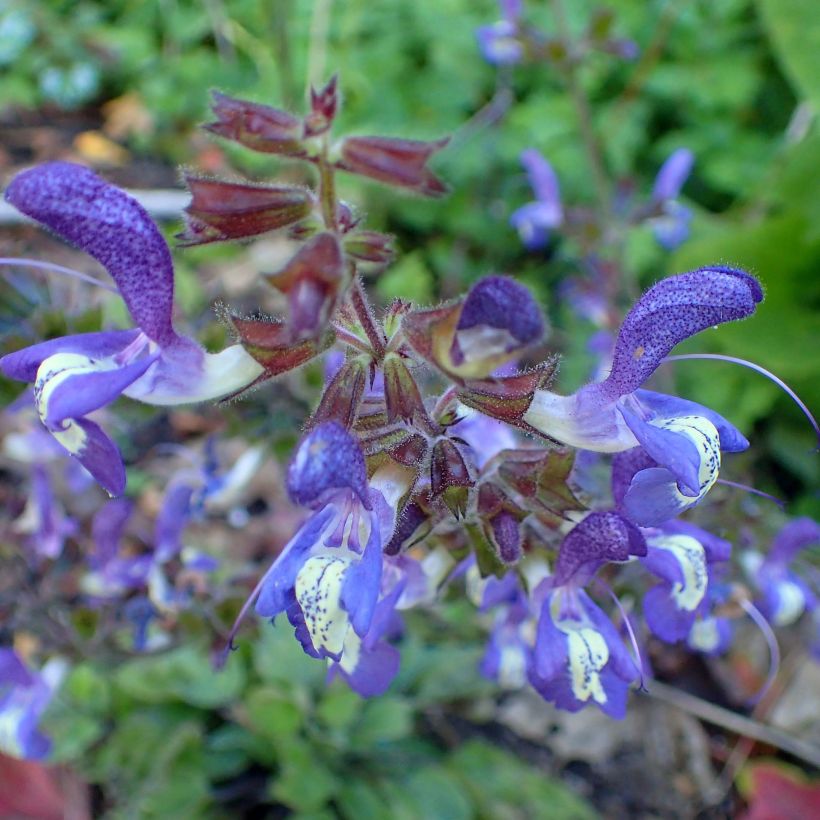

Flowering
Foliage
Plant habit
Botanical data
Salvia
forsskaolei
Lamiaceae
Sauge de Forsskaol, Sauge de la mer noire
Caucasus
Other Salvia - Sage
View all →Planting and care
Install the Salvia forsskaolei in a well-drained, light soil that does not retain moisture in winter. Under these conditions, this plant can withstand frosts of around -15°C (5°F). Choose a sunny exposure north of the Loire, but rather semi-shaded in our warmer regions (it is an undergrowth plant in its Balkan origin). It does not appreciate too dry soils whilst flowering: mulch if necessary, and water about once a week if the soil is too dry. It is a fairly easy-to-grow plant, very floriferous, ideal in a natural garden. Regular removal of faded inflorescences will prevent spontaneous sowing, which can be numerous in light soil.
Planting period
Intended location
Care
Planting & care advice
-
, onOrder confirmed
Reply from on Promesse de fleurs
Similar products
Haven't found what you were looking for?
Hardiness is the lowest winter temperature a plant can endure without suffering serious damage or even dying. However, hardiness is affected by location (a sheltered area, such as a patio), protection (winter cover) and soil type (hardiness is improved by well-drained soil).

Photo Sharing Terms & Conditions
In order to encourage gardeners to interact and share their experiences, Promesse de fleurs offers various media enabling content to be uploaded onto its Site - in particular via the ‘Photo sharing’ module.
The User agrees to refrain from:
- Posting any content that is illegal, prejudicial, insulting, racist, inciteful to hatred, revisionist, contrary to public decency, that infringes on privacy or on the privacy rights of third parties, in particular the publicity rights of persons and goods, intellectual property rights, or the right to privacy.
- Submitting content on behalf of a third party;
- Impersonate the identity of a third party and/or publish any personal information about a third party;
In general, the User undertakes to refrain from any unethical behaviour.
All Content (in particular text, comments, files, images, photos, videos, creative works, etc.), which may be subject to property or intellectual property rights, image or other private rights, shall remain the property of the User, subject to the limited rights granted by the terms of the licence granted by Promesse de fleurs as stated below. Users are at liberty to publish or not to publish such Content on the Site, notably via the ‘Photo Sharing’ facility, and accept that this Content shall be made public and freely accessible, notably on the Internet.
Users further acknowledge, undertake to have ,and guarantee that they hold all necessary rights and permissions to publish such material on the Site, in particular with regard to the legislation in force pertaining to any privacy, property, intellectual property, image, or contractual rights, or rights of any other nature. By publishing such Content on the Site, Users acknowledge accepting full liability as publishers of the Content within the meaning of the law, and grant Promesse de fleurs, free of charge, an inclusive, worldwide licence for the said Content for the entire duration of its publication, including all reproduction, representation, up/downloading, displaying, performing, transmission, and storage rights.
Users also grant permission for their name to be linked to the Content and accept that this link may not always be made available.
By engaging in posting material, Users consent to their Content becoming automatically accessible on the Internet, in particular on other sites and/or blogs and/or web pages of the Promesse de fleurs site, including in particular social pages and the Promesse de fleurs catalogue.
Users may secure the removal of entrusted content free of charge by issuing a simple request via our contact form.
The flowering period indicated on our website applies to countries and regions located in USDA zone 8 (France, the United Kingdom, Ireland, the Netherlands, etc.)
It will vary according to where you live:
- In zones 9 to 10 (Italy, Spain, Greece, etc.), flowering will occur about 2 to 4 weeks earlier.
- In zones 6 to 7 (Germany, Poland, Slovenia, and lower mountainous regions), flowering will be delayed by 2 to 3 weeks.
- In zone 5 (Central Europe, Scandinavia), blooming will be delayed by 3 to 5 weeks.
In temperate climates, pruning of spring-flowering shrubs (forsythia, spireas, etc.) should be done just after flowering.
Pruning of summer-flowering shrubs (Indian Lilac, Perovskia, etc.) can be done in winter or spring.
In cold regions as well as with frost-sensitive plants, avoid pruning too early when severe frosts may still occur.
The planting period indicated on our website applies to countries and regions located in USDA zone 8 (France, United Kingdom, Ireland, Netherlands).
It will vary according to where you live:
- In Mediterranean zones (Marseille, Madrid, Milan, etc.), autumn and winter are the best planting periods.
- In continental zones (Strasbourg, Munich, Vienna, etc.), delay planting by 2 to 3 weeks in spring and bring it forward by 2 to 4 weeks in autumn.
- In mountainous regions (the Alps, Pyrenees, Carpathians, etc.), it is best to plant in late spring (May-June) or late summer (August-September).
The harvesting period indicated on our website applies to countries and regions in USDA zone 8 (France, England, Ireland, the Netherlands).
In colder areas (Scandinavia, Poland, Austria...) fruit and vegetable harvests are likely to be delayed by 3-4 weeks.
In warmer areas (Italy, Spain, Greece, etc.), harvesting will probably take place earlier, depending on weather conditions.
The sowing periods indicated on our website apply to countries and regions within USDA Zone 8 (France, UK, Ireland, Netherlands).
In colder areas (Scandinavia, Poland, Austria...), delay any outdoor sowing by 3-4 weeks, or sow under glass.
In warmer climes (Italy, Spain, Greece, etc.), bring outdoor sowing forward by a few weeks.






























